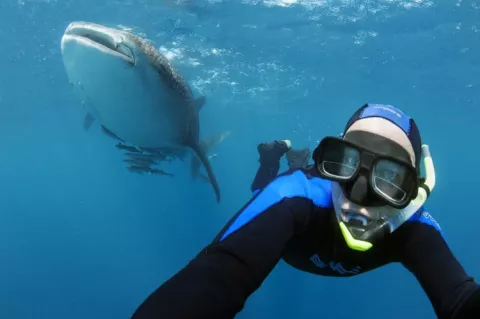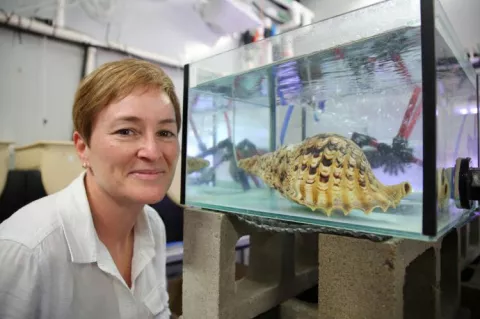Study shows value of shark tourism in Australia
A study has revealed that shark dive tourism in Australia contributes at least AUD$25.5 million annually to the country’s economy. These findings highlight the importance of proper management of shark species to support a sustainable dive tourism industry.
Focusing on four main shark viewing industries in Australia, the study was a collaboration between Australian Institute of Marine Science (AIMS), Flinders University, University of Western Australia, and Southern Cross University. It surveyed 711 tourist divers from May 2013 to June 2014.





